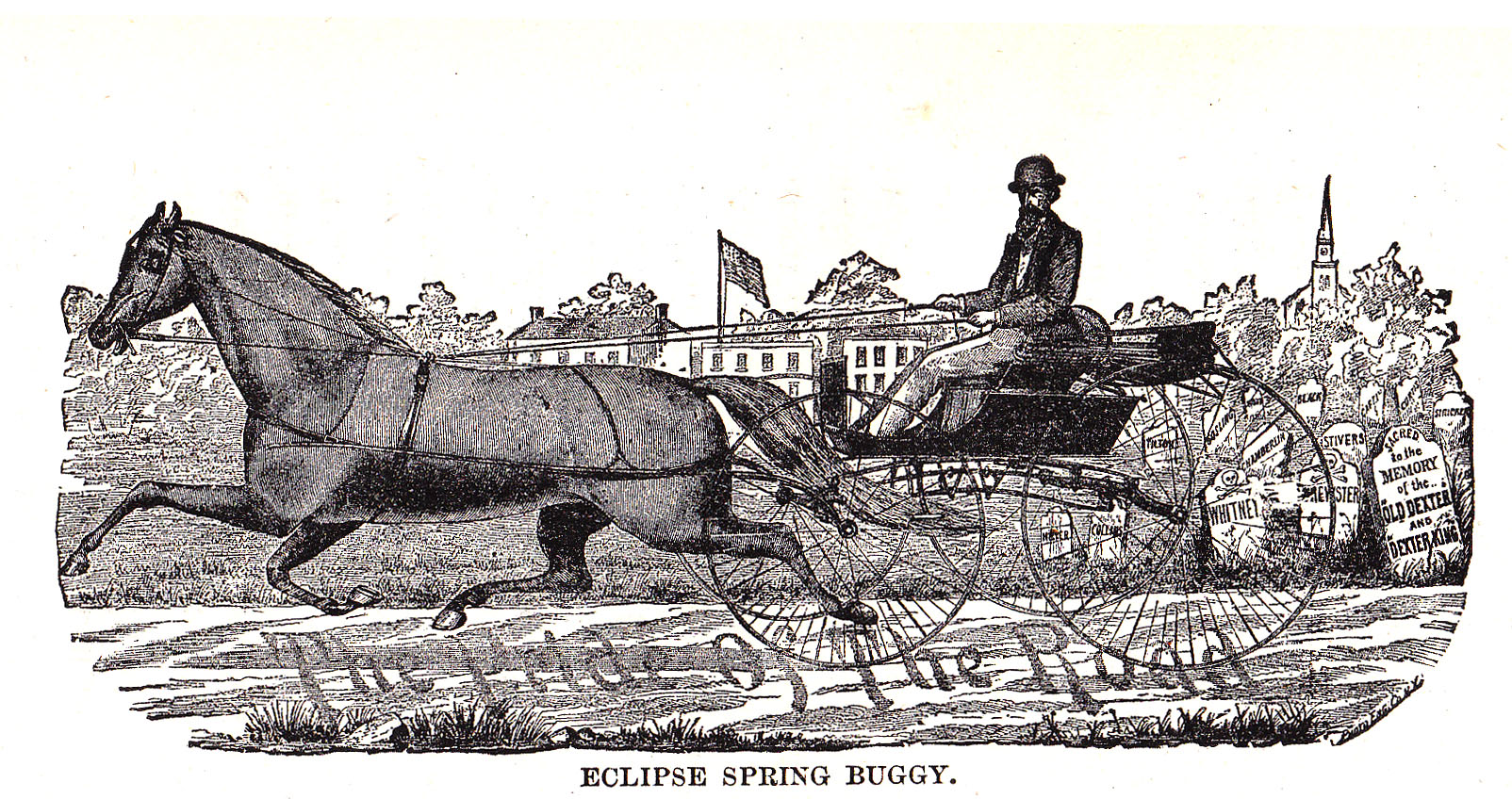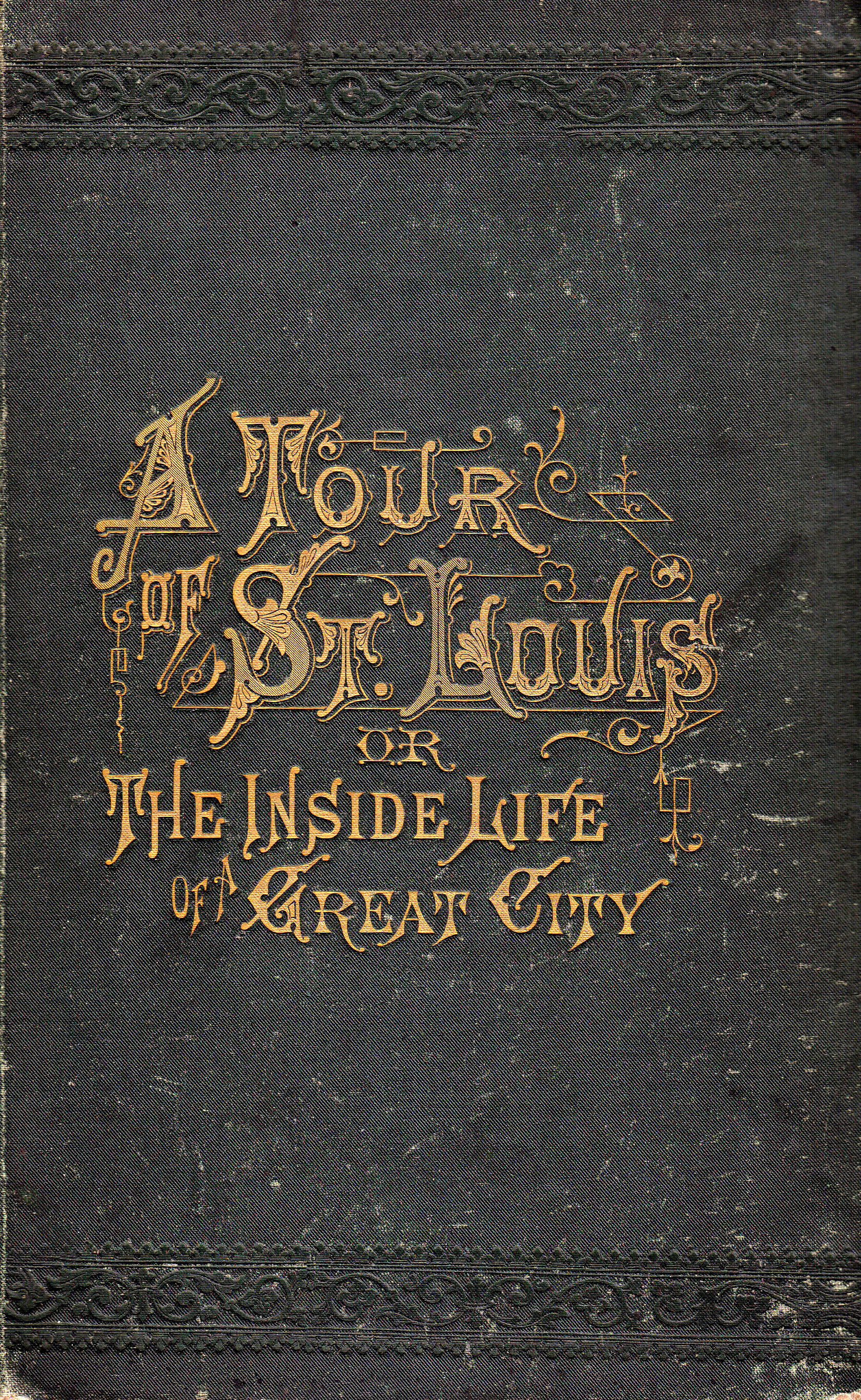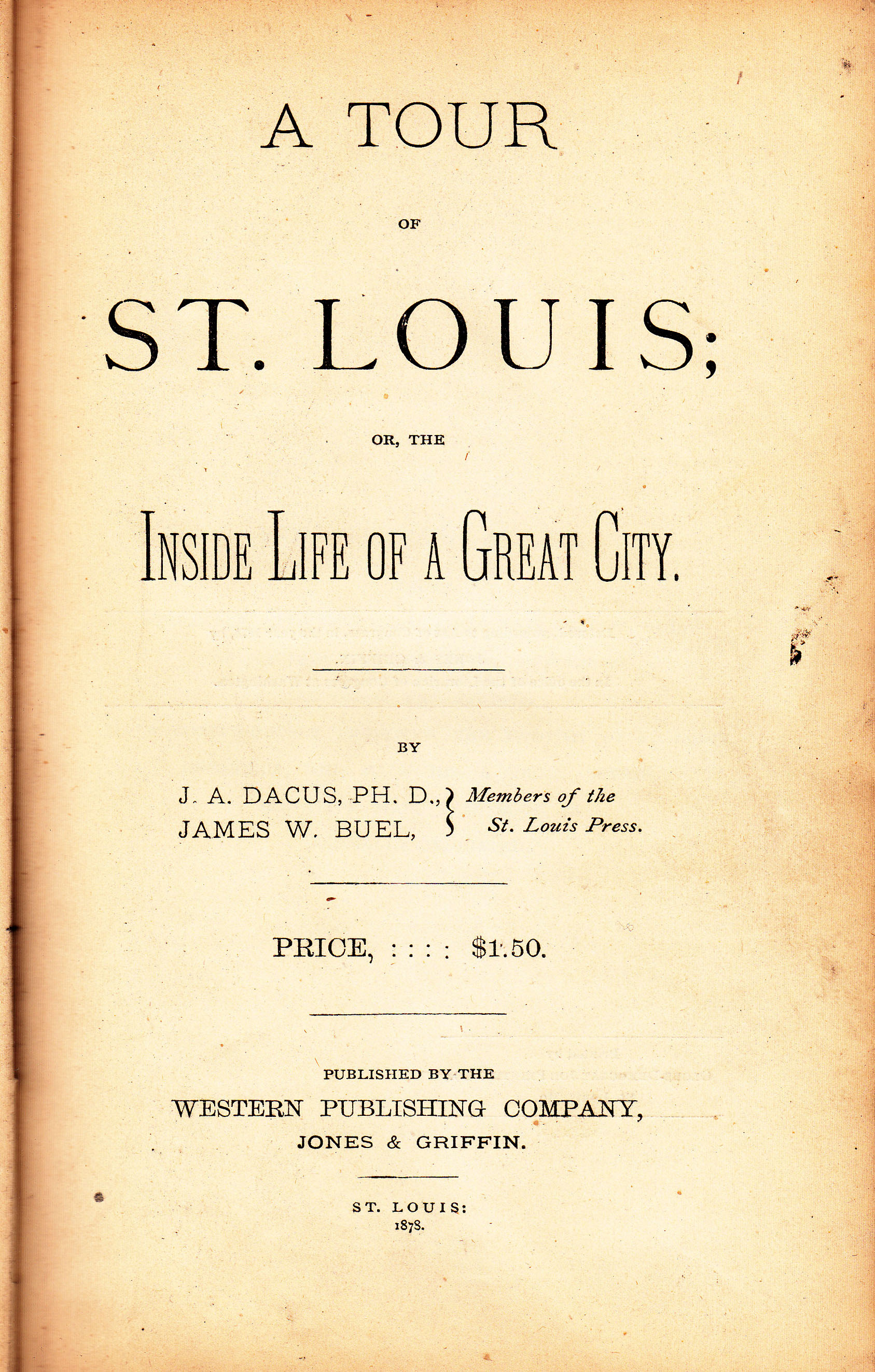Back from Extinction: Everybody's Motor Car Company of St. Louis
Lone Survivor Discovered and Rejuvenated in Oregon
Thousands of companies -- about 116 in St. Louis -- attempted to build horseless carriages early in the 20th Century. Some already built buggies and wagons. Many did not achieve an actual motorized sale or even build a prototype. Most left behind no proof of existence save for advertisements in motoring magazines.
Everybody's Motor Car Company was one of the St. Louis manufacturers remembered only in history books and magazine microfilms.

Last year this four-wheeled dinosaur rumbled back to life. An Everybody's Motor Car, last driven in 1953, arrived at the restoration shop of the Western Antique Aeroplane & Automobile Museum (WAAAM) in Hood River, Oregon.
It was donated by a descendant of the original owner, who knew it was an Everybody's car but little else about it. The museum staff found little information and believed they might have the only Everybody's car in the world.

Assistance was sought from St. Louis. Through a Vietnam Army buddy and friends of friends, news of this car arrived at the world headquarters of Mississippi Valley Motor Company Magazine. We immediately consulted Dr. Gerald Perschbacher, the region's preeminent automobile historian.
One of a kind
Perschbacher confirmed that the museum has an automotive unicorn. "I don't know of any existing Everybody's cars," he said. He shared additional information with the museum staff and volunteers:
"1907 and 1908 were years of financial disaster nationally as a severe recession (some say mini-depression) hit society. Car companies that hoped to make good in sales folded as fast as they sprang up. I am a little familiar with the brand, which was among a handful of others that bloomed and waned around that time.
"From what I can surmise, most of the parts were made in or around St. Louis, similar to other parts being supplied to different car makers. Henry Borbein and a small flock of other individuals were among local suppliers. Some of those made cars under their own names, others merely provided parts.
"It was not unusual for car makers back then to ship cars in knock-down or kit form, buyers having to rely on blacksmiths to do the assembling. The word 'mechanic' was often used in relation to railroad work back then and gradually became an automotive term."
Assembly required
That was exactly how this Everybody's was shipped, to the disappointment of W.J. Seufert, who operated the Seufert Brothers Cannery at The Dalles, Oregon.
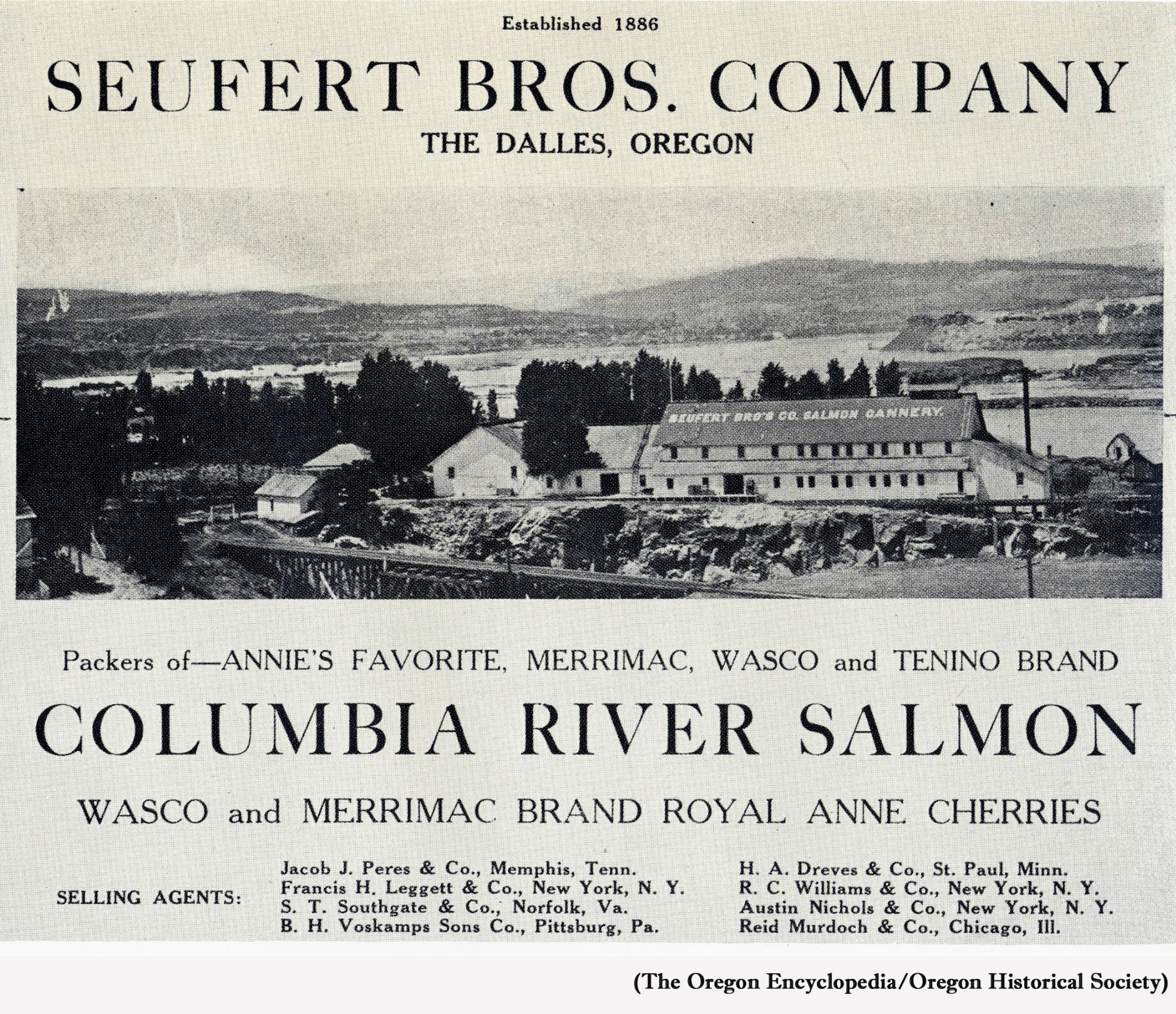
"The family who bought it used it as a company car for the Seufert Cannery," said Stephanie Hatch, assistant director of WAAAM. "It was purchased from a catalog and delivered by train from St. Louis. When the original owner went to pick it up and drive it home he found it was shipped disassembled so he had to hire a mechanic to put it together.
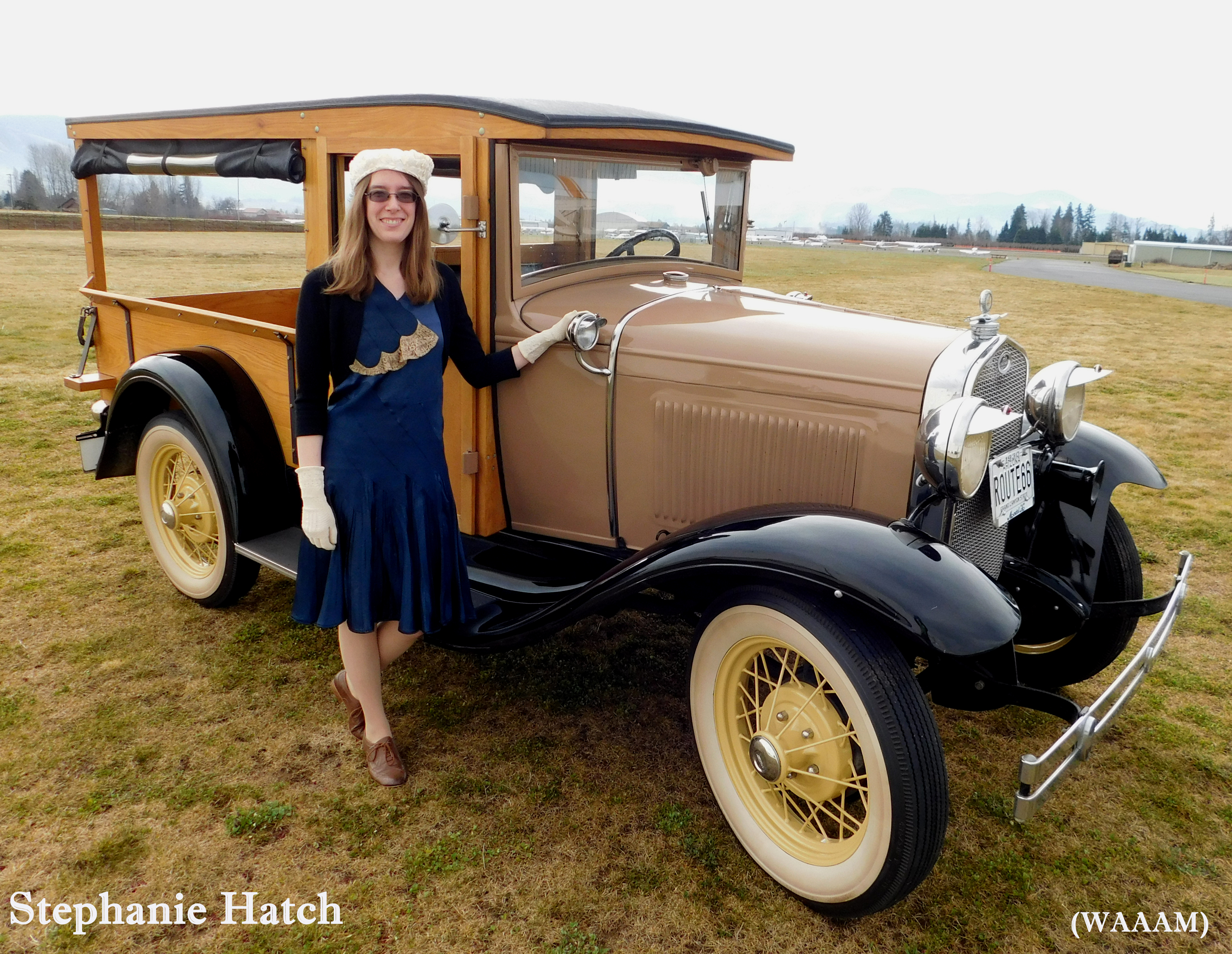
"This was the third car registered in The Dalles. As far as we can determine, this is the only one to exist but are constantly on the lookout for more information or other leads," she said.
"The owner we got if from is part of the original family although not the main 'branch,' as it were. He didn't have any other information to pass along and there isn't much out there on the internet, either."
A clipping from the regional newspaper, then known as the St. Helen's Chronicle, indicates the car was last driven in 1953 by Mr. Seufert. The reporter related, "The ancient vehicle putted along on its flat two-cylinder motor on and off until three years ago when it was retired. Seufert said that if tires were available the trusty old car would still have a few tricks up its manifold."
Another river city
The Dalles, like St. Louis, was founded due to its river location and named by its early French settlers, many of whom were fur traders. The Dalles was named for the rough waters and basalt columns on its section of the Columbia River -- a rough translation of a French word for "rapids."
There are other connections. Both cities had been major Native American trading centers for decades. The Lewis & Clark Expedition, which left St. Louis in 1804, passed through the rapids on Oct. 25, 1805.
According to the journal of Captain Meriwether Lewis, it was "the place the Indians pointed out as the worst place in passing through the gut, which we found difficult of passing without great danger. The Chanel is through a hard block rock, from 50-100 yards wide. Swelling and boiling in a most tremendous maner. Several places in which the Indians informed me they take the Salmon as fast as they wish."
Those salmon would indirectly bring another visitor from St. Louis -- the Everybody's car -- in just over a century.
When the Northern Pacific Railroad reached The Dalles in 1883 the salmon fishery became a living gold mine. The Seufert family entered the fishing industry in 1884 and by around 1907 easily could afford to order one of those horseless carriages from St. Louis.
Motor City on the River
At the turn of the 20th Century St. Louis was a major manufacturing center and distribution center to the western United States. There were plenty of factories that could produce auto parts in the relatively low volumes that were needed then. There still may be another Everybody's Motor Car in a barn or shed somewhere -- possibly without recognizable markings.
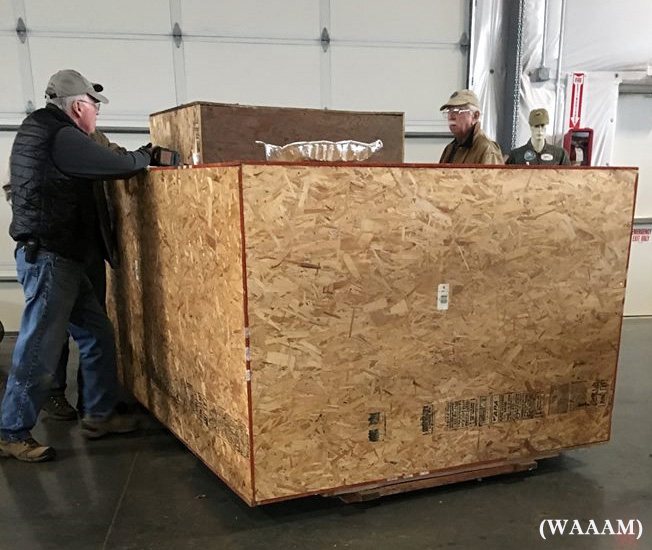
"Most cars from pre-1912 were assembled from a variety of parts makers and no identification of the car 'maker' was cast on those pieces," Perschbacher said. "As happened on occasion, identifying marks or nameplates sometimes were lost, removed, rusted away or chipped off.
"I know of a Moon Brothers buggy made in St. Louis. Its sole identifying piece was a small metal tag held to the rear with two small nails. One nail had fallen out. The other still barely held the tag on, though the tag then dangled precariously. Checking several buggy catalogs circa 1906 brought an interesting revelation -- the same exact buggy and model appeared under the name of a different company!
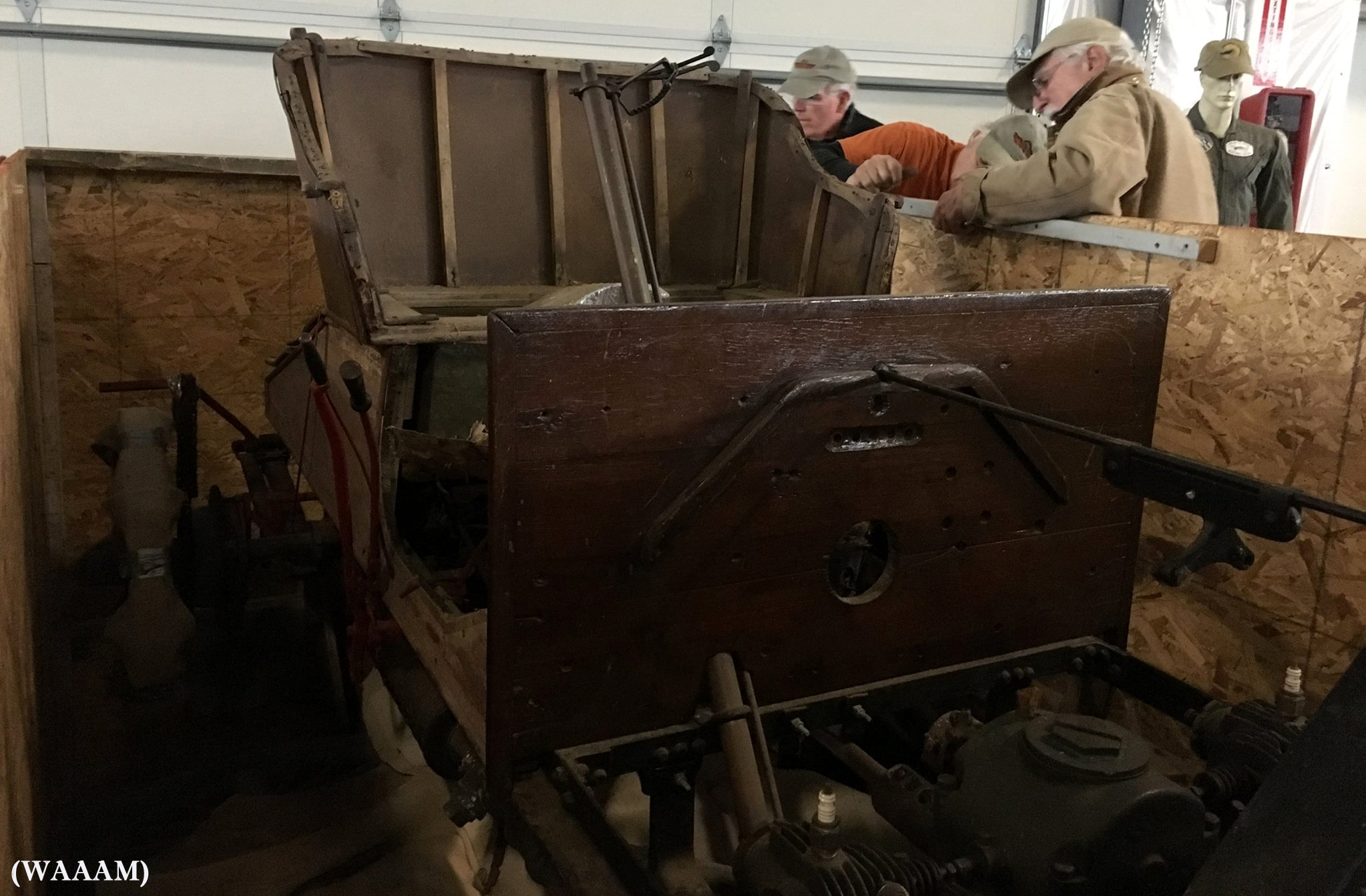
"I suspect some car companies did likewise and offered their cars under the name of the company that placed the order. Otherwise the vehicles were identical or very nearly so. So who knows how many Everybody's cars might still be out there, nameless in identity and having potentially shared its crib with similar cars under different names. When the museum continues its work on the Everybody's car, they should check for parts numbers and any ID on major components that tell the name of the part maker. That may be a tip on the car's production provenance."
Technical review
Perschbacher was able to provide the folks at WAAAM with a bit more information than they had found.
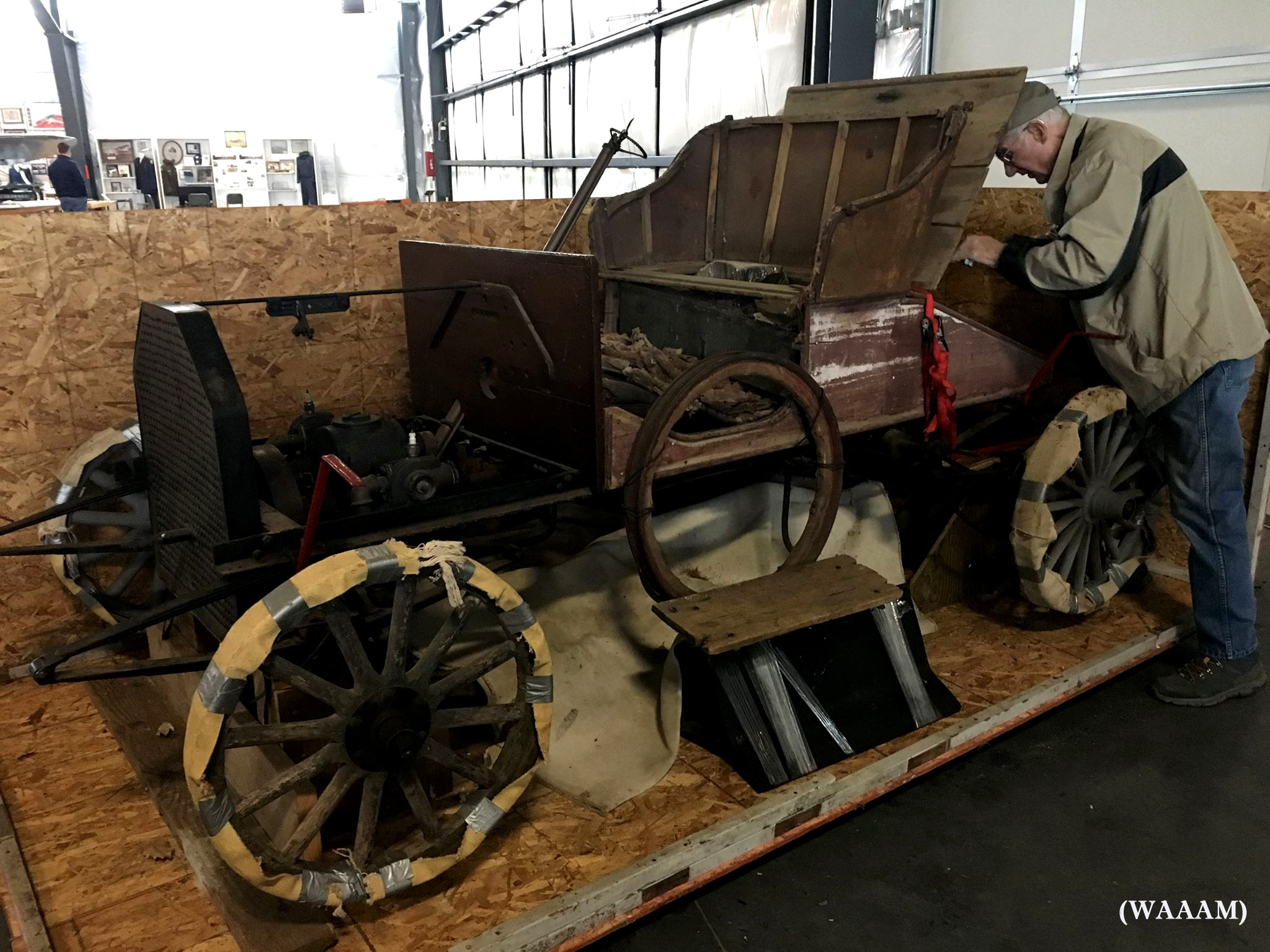
"In my collection I have information on the Everybody's Motor Car Mfg. Co. being in production from 1907-1909. Evidently the location changed from the 1907 site at 401 North Broadway, St. Louis, to 'Second, Mound and Brooklyn Streets' as the 1908 models were released in November of 1907.
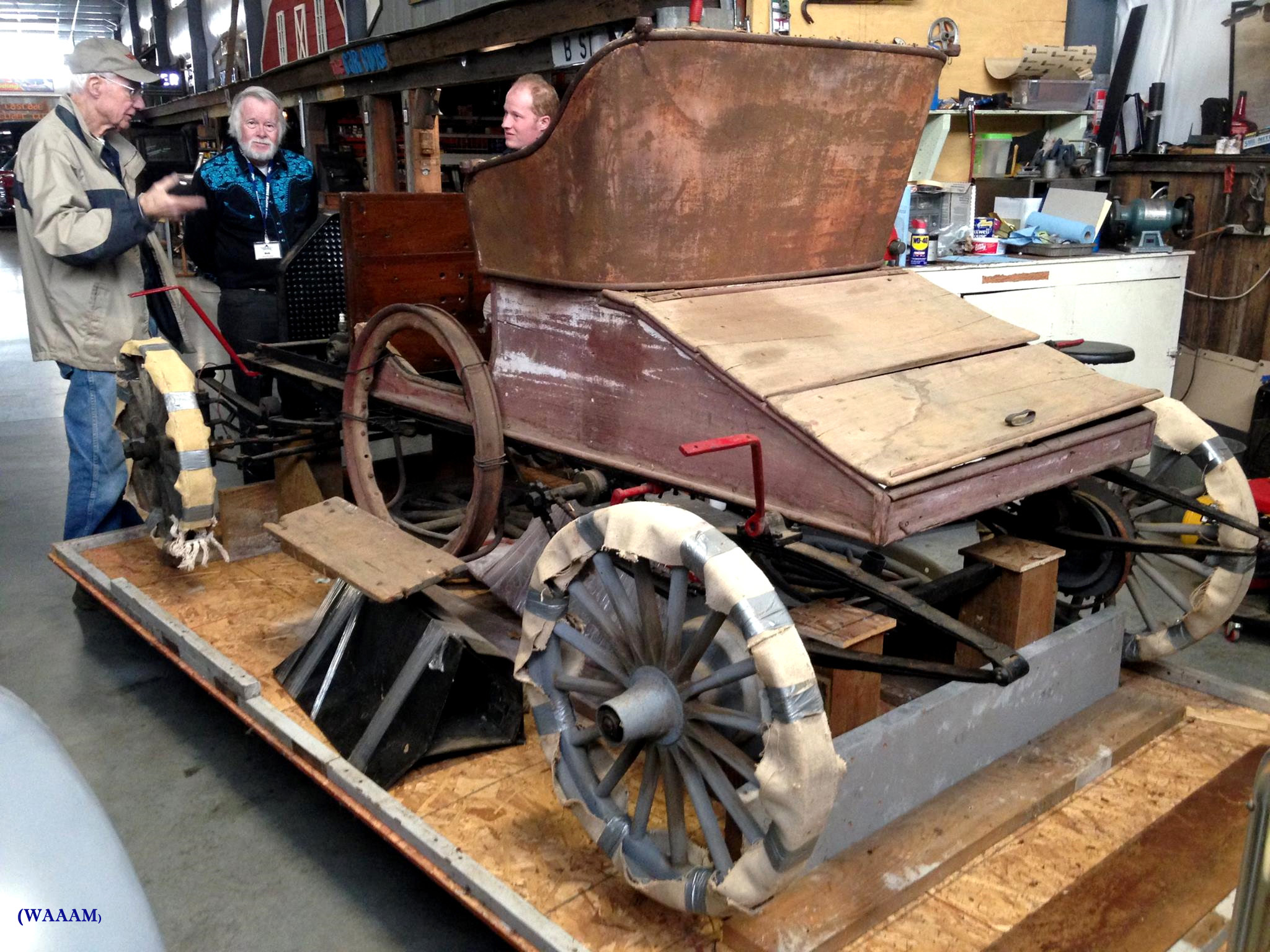
"There was very little difference between the 1907 and 1908 models. The company said, 'We have found our 1907 Model so satisfactory and successful that we have made only a few minor changes for the 1908 Season and those add mainly to its style and beauty of appearance.'
"Prices for the 1908 Type XX were $450 with 1 1/4- by 32-inch solid cushion tires or $500 with 2 1/2- by 28-inch pneumatic clincher tires. Hoods probably were different between the 1908 model and other years. I suspect the car pictures sent me (from WAAAM) are of a 1907."
After dismantling the car and cleaning up the parts, the car crew at WAAAM has found few identifying marks, Hatch said.
"The engine is a two-cylinder, horizontal, opposed, air-cooled engine with 10 to 12 horsepower. We've gotten a few details on Everybody’s car from a October 3, 1907, article about the vehicle found in a magazine called 'The Automobile.'
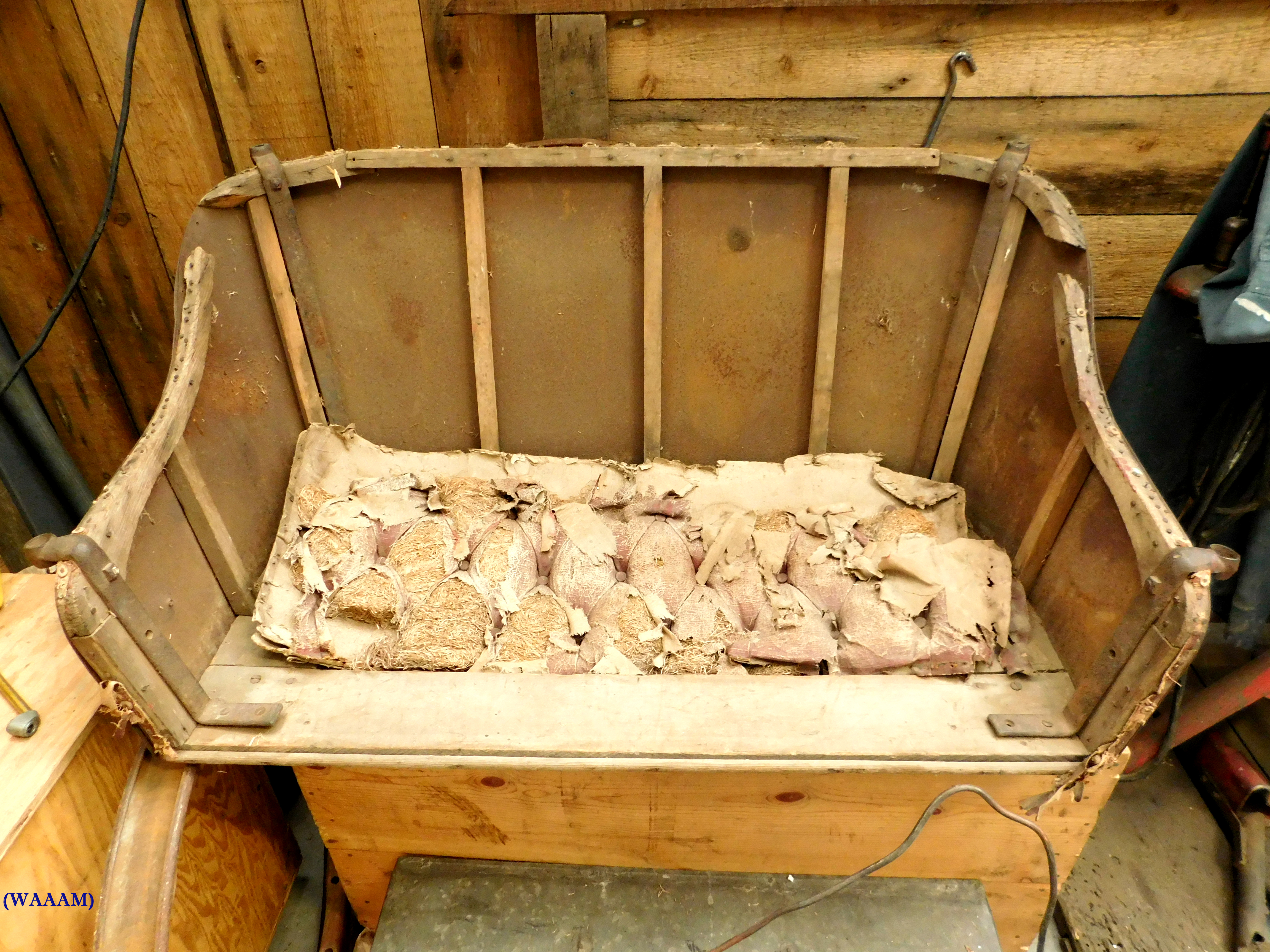
"The engine description in the article matches our engine. There is no tag or molded information on the engine. However the article illustration names it an air-cooled Westerner. We have not located any information on this engine manufacturer. We have found that the Reeves engine manufacturer had a similar engine and we appear to have a Reeves muffler attached to WAAAM's Everybody's car engine.
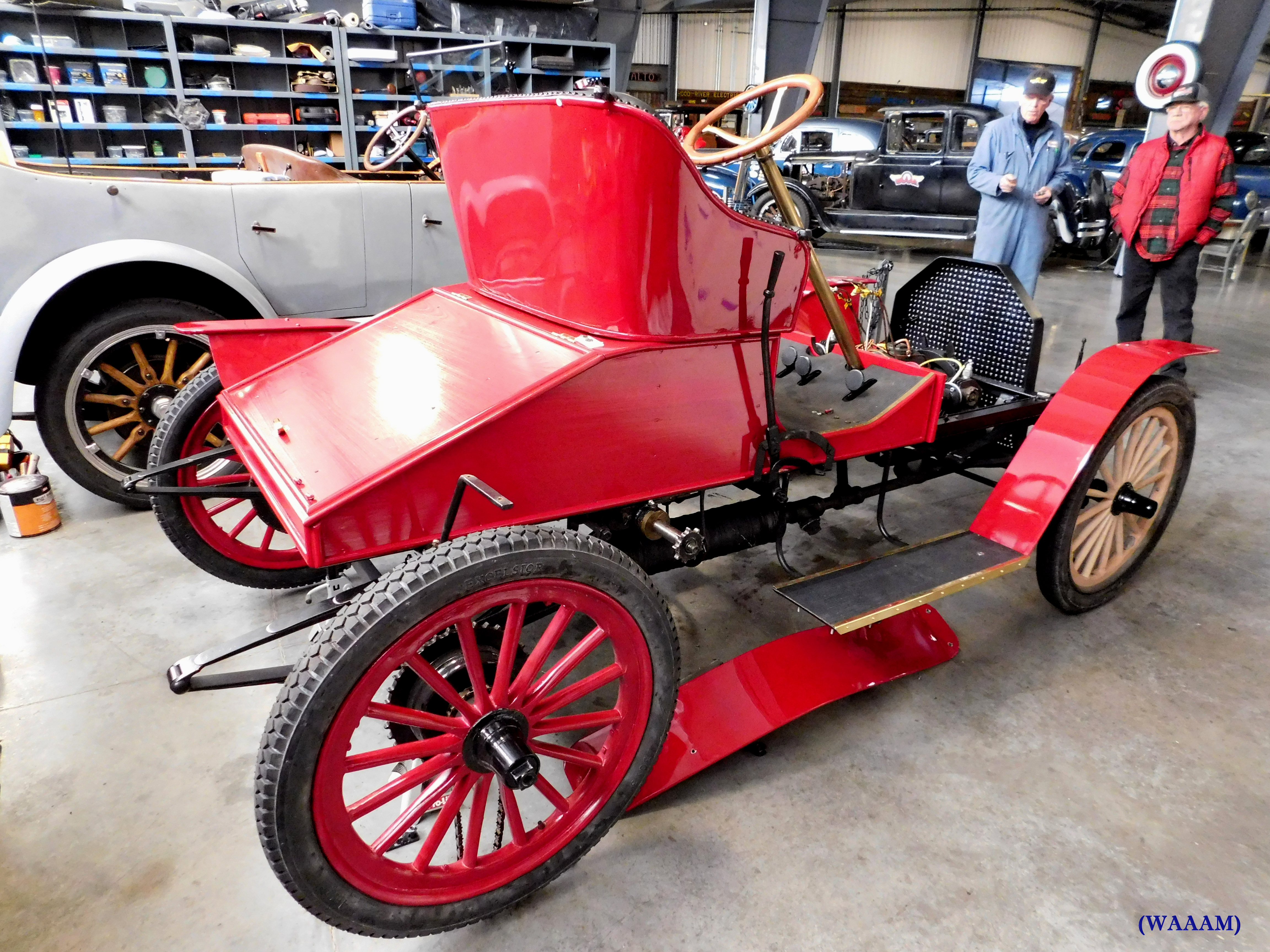
"The hood and fenders we have differ from pictures we have found in ads and the article in 'The Automobile.' One thought is it might be an early model before they officially launched or that the original owner either wasn't a great driver (although the body itself only shows normal use wear) or thought himself a better automobile man and wanted a different style or look. It is really hard to say.
The other item of distinction is the owner's description in the (1950s) article on converting the car from the friction drive to a planetary transmission, which is what the car currently has. It is an Upton Machine Co. #684 – US Patent May 8, 1900, November 19, 1901. Apparently the 'roads' in The Dalles were so silty and sandy the original system wasn't cutting it."
The 1953 newspaper article contained a few additional details.

"Drive to the wheels was transmitted by chains. As for bearings, the car got along without them. The wheels were like those on old wagons -- a spoke, a hub and plenty of axle grease. Anyone who thinks this method is inefficient should be informed that the first trouble with the wheels came when the right front one finally gave way three years ago.
"Driving is not the same as it was in the past, the old-time motorist said. He recalled a trip from The Dalles to Shaniko when he was lucky enough to have only 10 blowouts. It was annoying but all cars had a vulcanizing kit as a part of the equipment and drivers grew to accept the trouble, he added.
The Dalles and Shaniko are 76 miles apart -- so the economy average for the trip was 7.6 m.p.f. (miles per flat).
On the road again
Everybody's car arrived at the museum shop last summer just as it had come to The Dalles -- in a wooden crate. The car has made rapid progress, Hatch said:
"We fully intend to get the Everybody's car up and running but have used a gentle hand in the restoration process to keep it as original as possible but able to run. For any part or piece that needed to be replaced/reproduced we have heavily documented what was done and kept the original or used period pieces or installation techniques. We have already done our first test run with her and are now making adjustments and moving to final assembly with plans to be operational by May. We plan to drive the Everybody’s in a local parade this summer.
"The Everybody's car has become the oldest car or truck in the 130-vehicle WAAAM collection, which includes such rarities as a 1914 Detroit Electric, 1917 Federal Truck, 1917 King Eight, 1919 Republic Truck, 1919 Scripps Booth, 1923 Locomobile, 1925 Autocar Truck, 1935 Chrysler Airstream and 1936 Cord 810.
The pride of the museum's aviation collection is an operational 1917 Curtiss JN-4D "Jenny." More than 9,000 Jennys were built during World War I. Many of them launched American civilian aviation after the war. They were the airplanes of choice for 1920s barnstormers, including Charles Lindbergh.
If you have more information about Everybody's Motor Car Co. or know of another surviving car, please let us know!


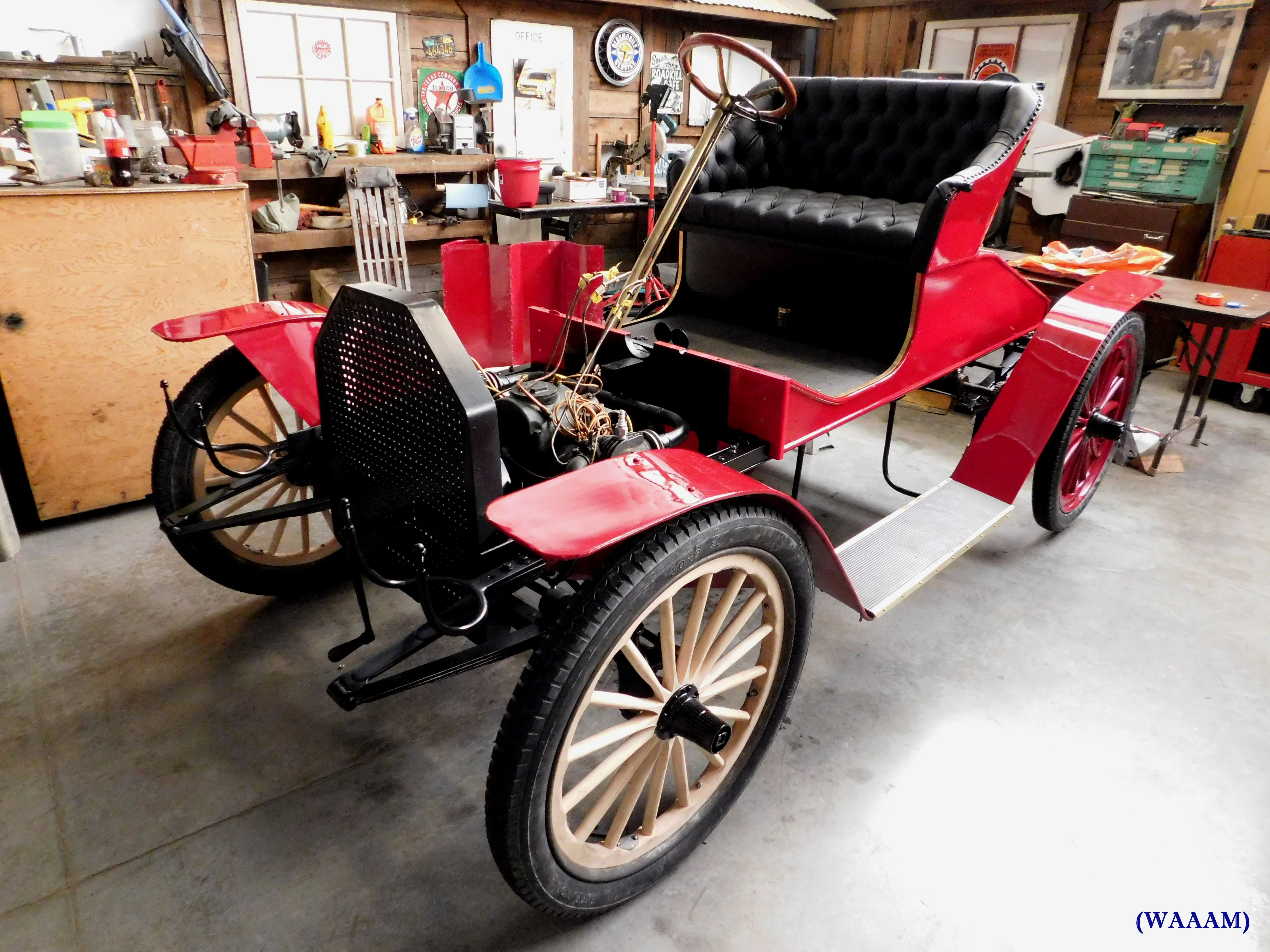

 Assistance was sought from St. Louis. Through a Vietnam Army buddy and friends of friends, news of this car arrived at the world headquarters of Mississippi Valley Motor Company Magazine. We immediately consulted Dr. Gerald Perschbacher, the region's preeminent automobile historian.
Assistance was sought from St. Louis. Through a Vietnam Army buddy and friends of friends, news of this car arrived at the world headquarters of Mississippi Valley Motor Company Magazine. We immediately consulted Dr. Gerald Perschbacher, the region's preeminent automobile historian.










